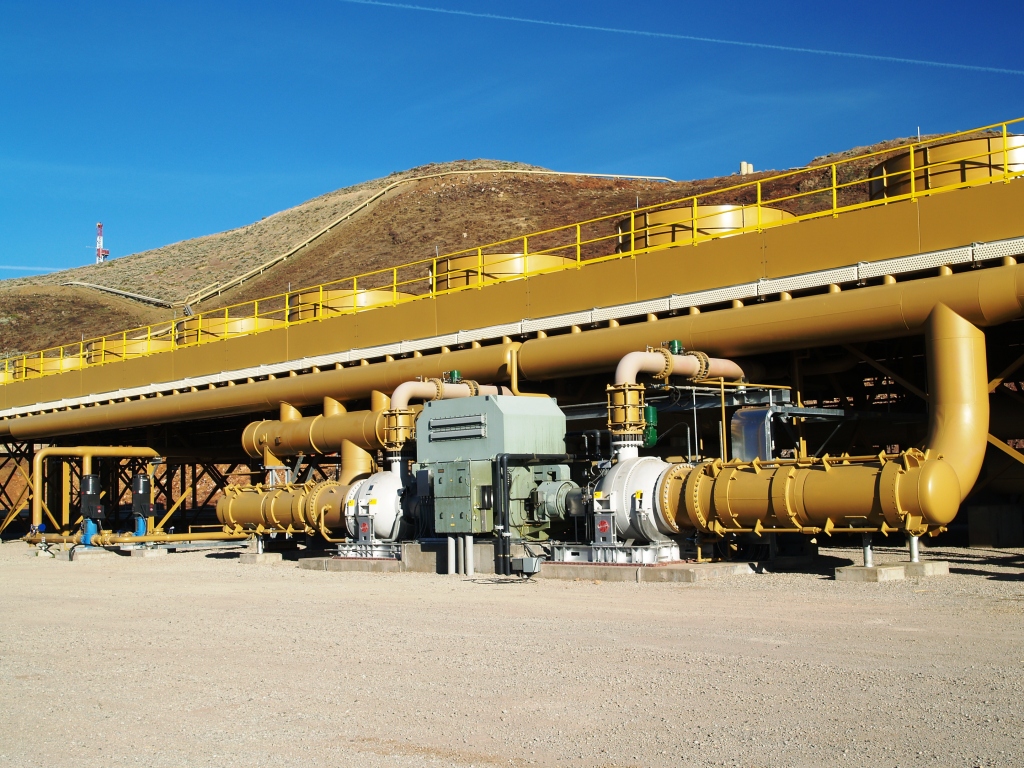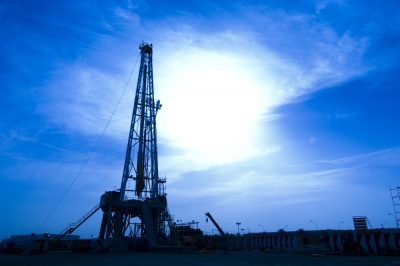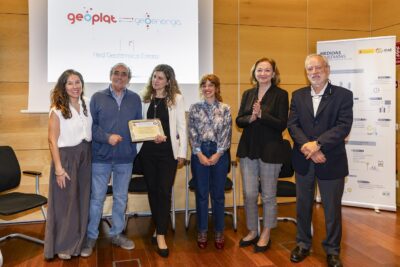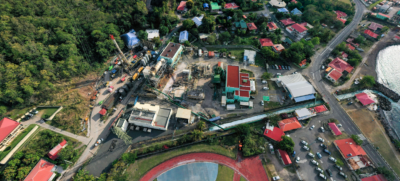Geothermal providing system flexibility for America’s Energy System and Economy
Promoting the many positive aspects of the industry it represents, the Geothermal Energy Association (GEA) highlights key advantages of geothermal energy for the future of America's energy mix.
With a complete shift of its energy policy under way, the United States Renewable Energy Sector is facing some challenging times ahead. This also applies to the geothermal sector in the country.
We reported about the passionate plea of the U.S. Geothermal Energy Association to the new administration to support geothermal energy and renewables in general.
In a document released now by GEA, the industry group is sharing the key benefits of geothermal energy in the context of the U.S. energy market.
Good for America’s Energy System and Economy:
- Industry supports a workforce of almost 12,000 full-time jobs in the United States.
- U.S. developers and energy producers run 104 operating plants in nine (9) states with a capacity of 3,700 Megawatts at
a replacement value of over $20 billion - There are over 80 new projects in development.
- Geothermal is an abundant domestic energy source,
- Brings economic benefits in the form of taxes and long term high-paying jobs,
- one of the lowest Levelized Costs of Energy (LCOE) of all power sources in the United States.
Geothermal assets typically have 30-50 year lifecycles and the sector employs more workers during drilling, exploration, construction and power operations than any clean energy source, with workforces
comparable to coal, gas and nuclear power.
Hundreds of small and large American businesses in the geothermal supply chain, together with large crews operating 24/7, help deliver this valuable power into the electric grid. In 2015, U.S. geothermal plants made enough electricity to power 30 million homes, at 15.9 billion kilowatt-hours (kWh) that is 0.4 percent of total U.S. electricity generation.
In the U.S., geothermal plants often serve utilities, but we’ve also built them to directly power refineries, milk pasteurization and agricultural processing plants, and gold and silver mining facilities. Direct-use geothermal uses could be expanded to the benefit of the economy and industry.
Geothermal energy is a near zero-emission electricity resource. It runs 24/7 or can be scheduled for system flexibility and peak energy needs.
Geothermal Provides Energy the Grid Needs Baseload, Load-Following, Spinning and Non-Spinning Reserve Energy
Geothermal provides numerous values to the grid that intermittent power sources cannot.
- Geothermal energy is baseload generation technology,
- advancements in geothermal production make it possible to provide ancillary and on-demand services, such as load-following or energy imbalance services, spinning reserves, non-spinning reserves, and replacement or supplemental reserves.
- Helping load serving entities avoid additional costs from purchasing and then balancing intermittent resources with storage or new transmission.
- Flexible projects are operating in three states with several more planned, based on demand.
New Secondary-Uses for Geothermal Can Induce Industrial Growth in America and Help Our National Security Issues
Exciting opportunities in extracting minerals from geothermal brines could bring the U.S. new sources of lithium, zinc, manganese, potash and rare earth minerals, now dominated by China. (In 2015 the only U.S. rare earth production facility closed as part of a bankruptcy proceeding.)
Minerals can be extracted from the brine at geothermal facilities prior to re-injection. Mining our own minerals would reduce our reliance on foreign sources of these important and expensive elements, and enhance our competitive advantage. Reliable access to affordable minerals is crucial to America’s defense and technology sectors.
Geothermal Mitigates Water and Drought Impacts
Wastewater recycling
Calpine, America’s largest natural gas and geothermal electricity generator, injects over 15.5 million gallons per day (MGD) of wastewater from two counties at their Geysers power plant complex, one of the largest geothermal operations in the world. The Geysers converts the water into steam and supplements the production of original reservoir steam to the Geysers power plants. Wastewater recycling saves the counties millions in expenses and could be replicated at other geothermal sites.
Creative solution at Lake Mead, on the Colorado River and at the Salton Sea
The multi-state problem of water flows on the Colorado River and dangerously low levels at Lake Mead could be relieved using geothermal energy to desalinate the dying Salton Sea. If geothermal powered a water desalination plant, the Sea’s water intake from the Colorado River could be reduced substantially. The saved water could be redirected to other Colorado River users and help restore the water levels at Lake Mead. The cost of the plant could be covered by the sale of the new fresh water.
Conveying water around the West
Moving water requires large amounts of electricity. In some Western states, water conveyance accounts for 20 percent of the state’s total energy consumption. Geothermal could be used to move water in a cost-effective way, helping rural water co-ops, the Western Area Power Administration, private water conveyors and other users.
Geothermal Electric Power Boosts Local and Regional Economies in a Big Way
The local and regional economic benefits of geothermal power plants cannot be overstated. In some counties, geothermal energy is the largest employer and often the largest taxpayer. Geothermal energy developments also pay more taxes than any other clean energy resource. Geothermal resources, generally developed in rural areas, can transform some of America’s most economically disadvantaged areas into technology hubs, keeping communities healthy and families whole.
The economic benefits of a typical 30 MW geothermal plant during its 30-year lifecycle:
- $150-225 million inbound capital investment to build the plant (cost dependent on technology)
- Up to 50 long-term jobs to run it
- Many supply chain companies each year to assist and supply plant operators
- $9.5-16.5 million paid in property taxes to the state and county
- $18-33 million paid in annual royalties to the land owner(s)
- Average construction period 2-4 years with a construction team of 100+ full-time jobs (FTE)
- Average geothermal worker operating the plant will earn about $70,000 per year
- Millions in employee, employer, sales and other taxes paid to Federal and state governments
- Social, environmental and economic justice in rural and disadvantaged areas.
Source: Geothermal Energy Association


















